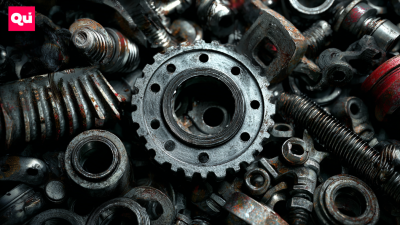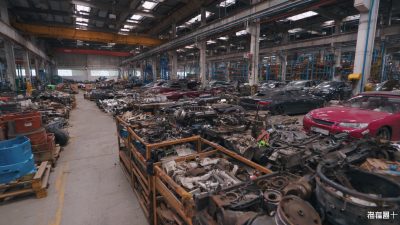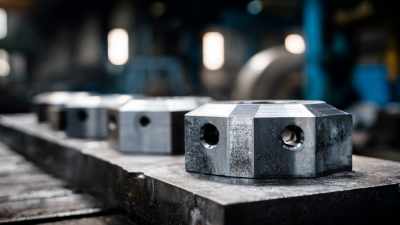Leave Your Message
-
Phone
-
E-mail
When discussing vehicle performance, most conversations gravitate towards the engine and the transmission, often overlooking the importance of other auto parts. Yet, a comprehensive analysis reveals that roughly 40% of a vehicle's overall efficiency is influenced by components beyond the powertrain, according to a recent report from the Automotive Research Institute. These "Other Auto Parts", ranging from suspension systems to exhaust components and even electrical systems, play crucial roles in optimizing fuel economy, enhancing safety, and ensuring comfort.

Additionally, the growing trend toward electric and hybrid vehicles has further underscored the need to understand the nuanced interactions between various parts, highlighting their collective impact on performance metrics. This article aims to explore the hidden significance of these often-neglected components, providing insights on how they contribute to the vehicle's overall functionality and consumer satisfaction.
The suspension system plays a critical role in a vehicle's ride quality and handling, significantly impacting overall performance. According to industry analyses, the global automotive suspension system market is projected to reach approximately USD 100.9 billion by 2034, showcasing a robust growth trajectory with a CAGR of 7.8% from 2024. This growth highlights the increasing emphasis on advanced suspension technologies, such as passive, active, and semi-active systems, which enhance vehicle stability and passenger comfort.
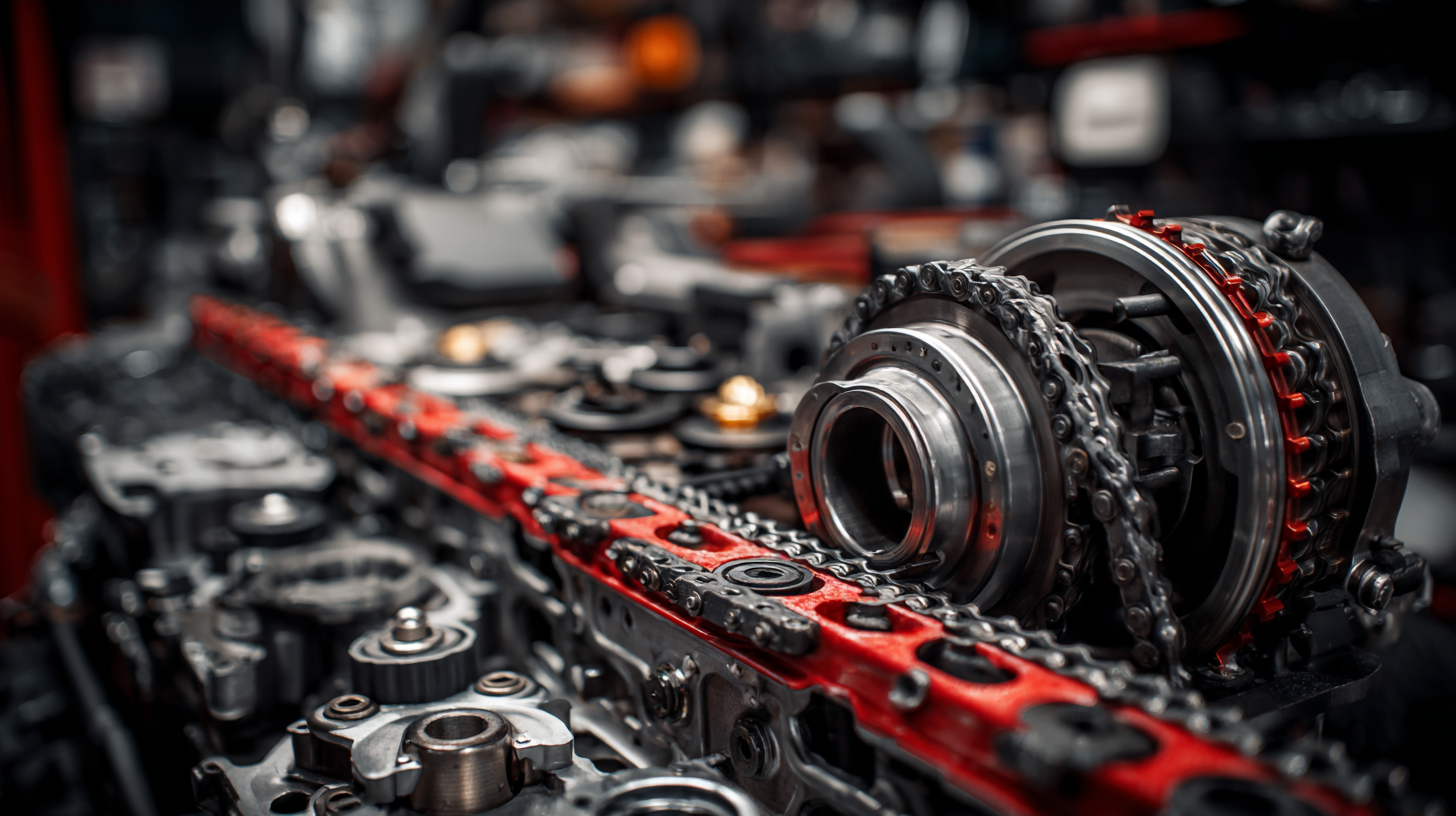
Moreover, integrating innovative technologies like digital twins with neural networks is revolutionizing adaptive control in automotive suspension systems. This approach allows for real-time adjustments to the suspension settings based on driving conditions, ultimately improving ride handling and quality. Enhanced adaptive mechanisms are expected to attract significant investment within the market, as manufacturers aim to meet rising consumer expectations for performance and comfort while navigating diverse terrains.
The importance of suspension components cannot be overstated, as they not only bolster handling but also contribute to user satisfaction, driving the evolution of automotive engineering.
The brake system is a critical component of any vehicle, playing a crucial role in both safety and performance. Efficient brakes ensure that a vehicle can respond to driver commands promptly, allowing for quick stops and smooth deceleration. This not only enhances the driver's control over the vehicle but also significantly reduces the risk of accidents. Poorly functioning brakes, on the other hand, can lead to longer stopping distances, increased wear on other components, and a heightened chance of collisions. Thus, ensuring the brake system operates optimally is essential for overall vehicle safety.
Moreover, the performance of the brake system directly influences other automotive systems. For example, efficient braking can improve the handling dynamics of a vehicle, allowing for better cornering stability and traction. When brakes are highly responsive, it enables the tires to maintain better contact with the road, enhancing acceleration and turning capability. Conversely, if the brakes are inefficient, it can lead to a cascade of performance issues, affecting transmission response and engine performance due to increased stress on various parts. In essence, a well-maintained brake system is vital, not just for safety but for the holistic performance of the vehicle.
| Auto Part | Impact on Vehicle Performance | Safety Implications | Recommended Maintenance Frequency |
|---|---|---|---|
| Brake Pads | Directly affect braking distance and responsiveness | Worn pads can lead to reduced braking efficiency | Every 20,000 to 30,000 miles |
| Rotors | Affect heat dissipation and overall braking performance | Uneven rotors can lead to brake vibration and failure | Inspect every 40,000 to 70,000 miles |
| Brake Fluid | Critical for hydraulic brake operation | Contaminated fluid can lead to brake failure | Every 2 years or as recommended |
| Brake Lines | Transport brake fluid under pressure | Leaky lines can cause total brake failure | Inspect every 2 years |
| ABS System | Prevents wheel lock-up during braking | Malfunctioning ABS increases risk of skidding | Check during routine maintenance |
The quality of tires plays a crucial role in enhancing both fuel efficiency and overall vehicle dynamics. High-quality tires are designed with advanced materials and tread patterns, which significantly reduce rolling resistance. This reduction allows vehicles to glide smoothly over surfaces, thereby improving fuel economy. On the other hand, low-quality tires can create more drag on the vehicle, leading to increased fuel consumption and a less efficient driving experience.
**Tips:** When purchasing tires, look for those marked with a low rolling resistance label. Additionally, maintaining proper tire pressure is essential; under-inflated tires can decrease fuel efficiency by as much as 3%. Regular rotation and alignment checks can also help prolong the life of your tires and enhance your vehicle's overall performance.
Moreover, tire quality directly influences vehicle dynamics. Premium tires provide better grip, which translates into improved traction during acceleration, braking, and cornering. This not only boosts driver confidence but also enhances safety on the road. Conversely, deteriorating or inferior tires can lead to skidding and longer stopping distances, particularly in adverse weather conditions.
**Tips:** Always check the tread depth and look for signs of wear to ensure your tires are performing at their best. If you're unsure, consult with a professional to determine the best type of tire for your driving habits and vehicle type.
This chart illustrates the impact of different tire qualities on fuel efficiency. As the quality of the tires improves, the miles per gallon (MPG) achieved by vehicles increases, showcasing the essential role of tire quality in overall vehicle performance.
The exhaust system plays a crucial role in enhancing engine performance and managing emissions in modern vehicles. It is not merely a means to expel exhaust gases; rather, it is an integral component that influences how efficiently an engine operates. A well-designed exhaust system helps to improve the flow of exhaust gases, reducing back pressure, which can lead to increased horsepower and torque. This efficient gas flow allows the engine to breathe better, thus optimizing fuel combustion and contributing to overall vehicle performance.
Moreover, the exhaust system is vital in controlling harmful emissions. Advanced technologies, such as catalytic converters and particulate filters, work within the exhaust system to reduce pollutants before they are released into the atmosphere. By breaking down harmful substances such as carbon monoxide and nitrogen oxides, these components not only help vehicles comply with environmental regulations but also contribute to cleaner air. Therefore, understanding the multifaceted role of exhaust systems reveals their hidden importance, highlighting how they enhance both performance and sustainability in automotive engineering.
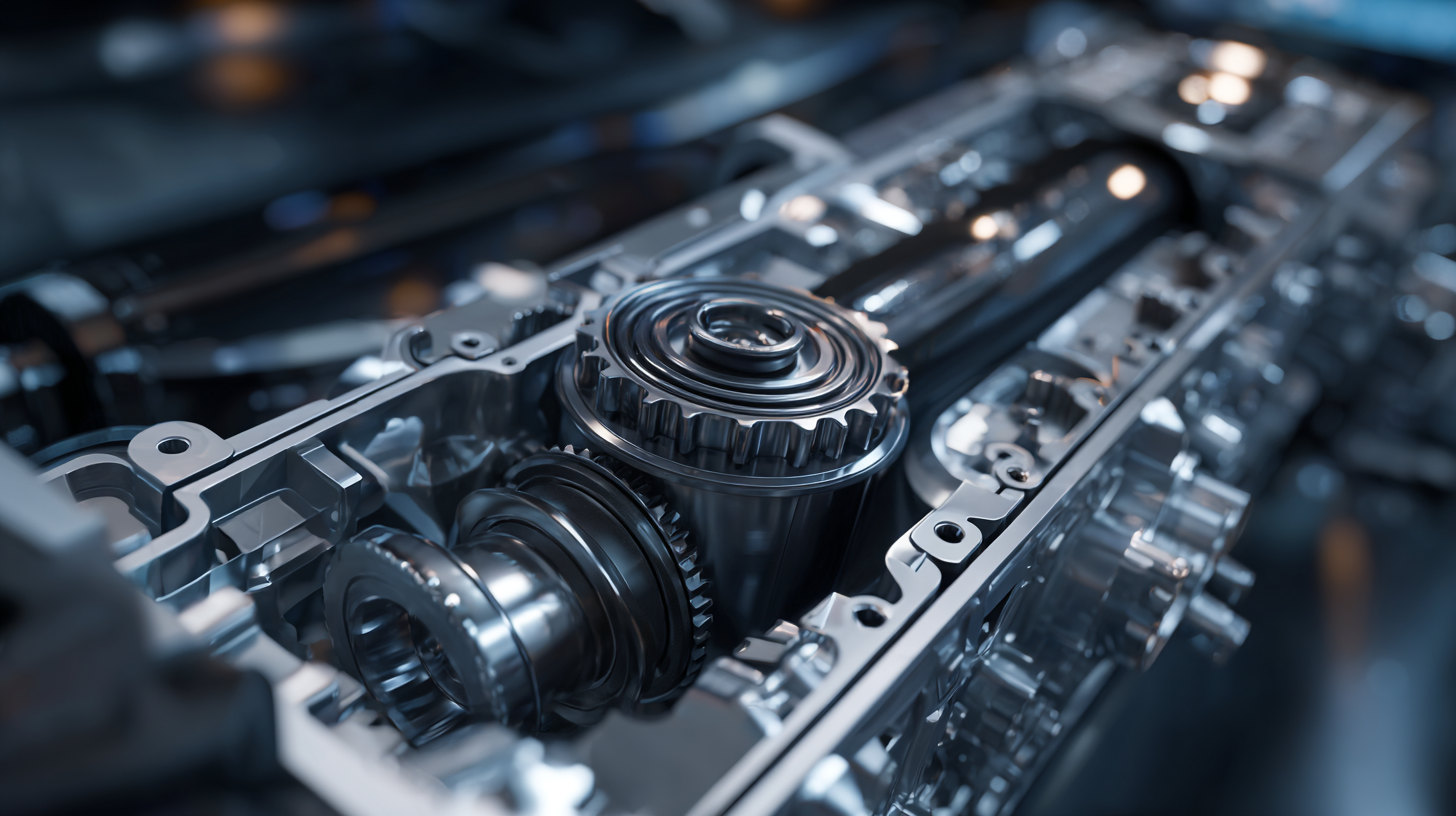 Modern vehicles rely heavily on complex electrical systems that play a critical role in enhancing functionality and reliability. According to a report from the Automotive Electronics Association, approximately 40% of vehicle issues reported by consumers are a direct result of electrical malfunctions. This underscores the importance of maintaining and upgrading electrical components, such as wiring harnesses, sensors, and control units, to ensure optimal vehicle performance.
Modern vehicles rely heavily on complex electrical systems that play a critical role in enhancing functionality and reliability. According to a report from the Automotive Electronics Association, approximately 40% of vehicle issues reported by consumers are a direct result of electrical malfunctions. This underscores the importance of maintaining and upgrading electrical components, such as wiring harnesses, sensors, and control units, to ensure optimal vehicle performance.
Moreover, advancements in electrical systems have led to significant improvements in vehicle efficiency. A study by the International Council on Clean Transportation indicated that vehicles equipped with advanced electrical architecture can achieve up to 30% better fuel efficiency compared to older models. The integration of sophisticated electrical systems not only results in better performance but also contributes to higher reliability in critical vehicle functions, such as braking systems, stability control, and infotainment setups. As the automotive industry continues to evolve with the advent of electric and hybrid vehicles, the significance of these electrical systems will only grow, making them a focal point for both manufacturers and consumers aiming for enhanced vehicle performance.
